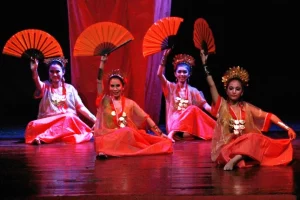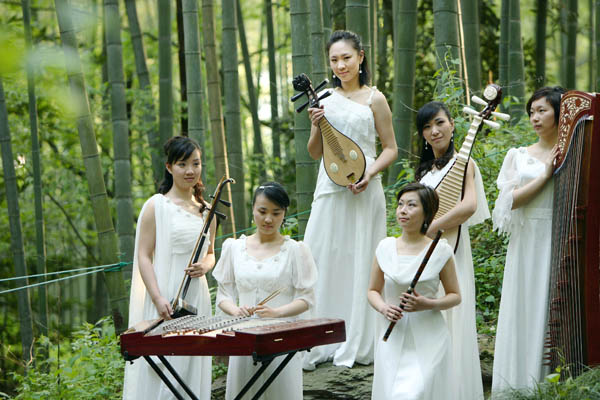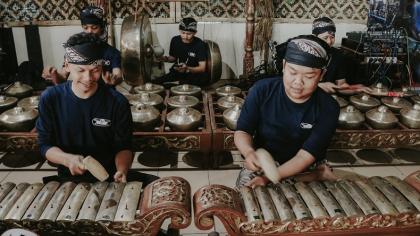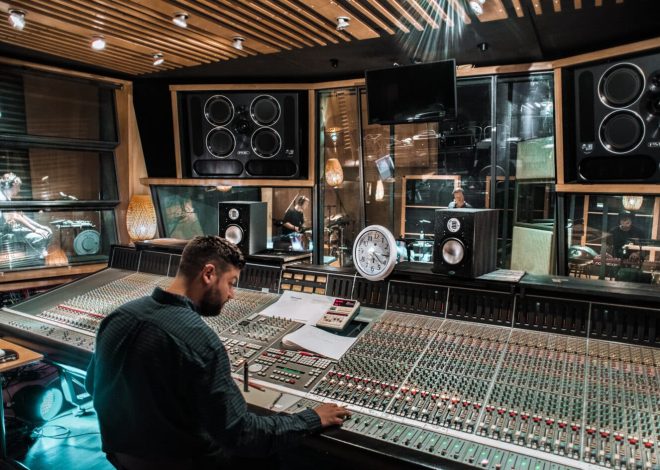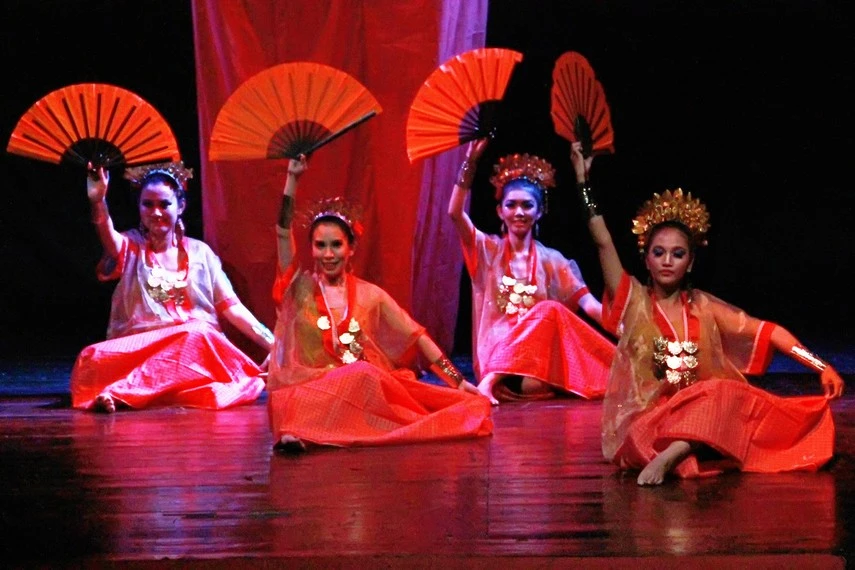
Traditional Musical Instruments of South Sulawesi
Traditional Musical Instruments of South Sulawesi – South Sulawesi, a province in Indonesia, is rich in a variety of unique and fascinating local arts. Among this wealth, traditional musical instruments have their own place with abundant variations. This diversity is influenced by the many tribes that inhabit this area, each bringing their own uniqueness in culture and art.
Traditional Musical Instruments of South Sulawesi
theaddamsfamilymusicalstore – Most of the traditional musical instruments in South Sulawesi are played in various traditional events and ceremonies witnessed by the local community. However, not infrequently these musical instruments are also used as a means of daily entertainment.
There are various types of musical instruments from South Sulawesi that can be categorized as harmonic and rhythmic instruments. In addition, the way to play these musical instruments also varies; some of them are blown, hit, or rubbed.
### Types of Traditional Musical Instruments of South Sulawesi
The following are five types of traditional musical instruments from South Sulawesi, each with its own characteristics and uniqueness:
1. Jalappa
Jalappa is a traditional musical instrument that resembles a cymbal, often called Kancing-Kancing because its shape is similar to a large shirt button. Made of brass metal, jalappa is usually used to accompany bissu dance, traditional ceremonies, weddings, circumcisions, and to ward off disaster. This instrument is played by hitting each other.
2. Talindo
Talindo, also known as Tolindo, comes from Toraja. This musical instrument has a unique design, resembling a cow or buffalo horn, which rests on a coconut shell as a support. Made of wood, talindo only has one string. Initially, this instrument was played to entertain farmers during the harvest, but now it is often played by young Bugis people in their spare time.
3. Pui-Pui
Pui-Pui is a typical musical instrument from South Sulawesi which has a cone shape resembling a clarinet. Made of metal plates and pieces of palm leaves, pui-pui is played by blowing. However, to produce a beautiful sound, special skills are needed. In pui-pui, the metal is located at the base, while the cone is made of wood equipped with holes to produce varying tones. The kallode part of this instrument functions to clarify the tone, so players need to be careful when playing it.
4. Pa’pompang
Pa’pompang, the fourth traditional musical instrument from South Sulawesi, is similar to the angklung and is also known as Pa’bas. This instrument comes from the Toraja Tribe and is made from pieces of bamboo of varying sizes. The bamboo is hollowed out and arranged in such a way as to produce a harmonious melody.
With its diversity and uniqueness, traditional musical instruments from South Sulawesi are a cultural heritage that should be preserved and appreciated.
The sound produced from the pieces of bamboo that are arranged in a special way varies greatly, reflecting the size of the bamboo. To create a harmonious combination of sounds, it is important to use bamboo of various sizes in order to achieve the desired tone.
Pa’pompang is played in groups, similar to an orchestra, which usually consists of 25 to 35 people. This musical instrument is capable of producing a distinctive sound, reaching two and a half octaves on the scale. Traditionally, Pa’pompang is played at special events, such as thanksgiving and weddings, but now it is also often performed at various festivals.
Read Also : Teknologi Pangan Mengungkap Peluang di Dunia Makanan
5. Kesok-Kesok
Kesok-Kesok is a traditional musical instrument originating from South Sulawesi, played by being rubbed or using a chordophone technique. Although similar to a rebab, Kesok-Kesok has two strings. This musical instrument is made of wood and is shaped like a heart or taro leaf, while the bow is shaped like a bow.
Kesok-Kesok is used to accompany the reading of sinlyric poems. In ancient times, this musical instrument was only played by a limited circle, especially families. However, now Kesok-Kesok has become a common musical instrument that can be enjoyed by the community as folk music.
6. Kacaping
Kacaping is a traditional musical instrument that is played by being plucked. Its shape is curved like a boat and is equipped with wire strings. Kacaping is usually used to accompany fairy tales passed down from ancestors, and is also used in traditional dance performances.
According to legend, Kacaping was created by a sailor who was inspired by the sound and vibration of the sail rope blown by the wind while he was in the middle of the sea. Initially, this instrument was made from oars equipped with strings, but over time, the Kacaping design evolved to resemble sailors’ boats.
The main material of Kacaping is made of durable wood, such as jackfruit wood or sandalwood, while the strings are made of wire. Kacaping players are known as pakkacaping.
7. Ganrang Bulo
Ganrang Bulo is a traditional musical instrument similar to a drum that originates from Makassar. Although similar, Ganrang Bulo has differences with drums originating from Java; this musical instrument is smaller but longer than the Javanese drum.
The way to play Ganrang Bulo is by hitting the larger side using a beater, while the smaller side is hit with the hand, like a drum in general.
Ganrang Bulo is usually played in ceremonies blessing heirlooms and also in various traditional ceremonies and art performances by the local community
